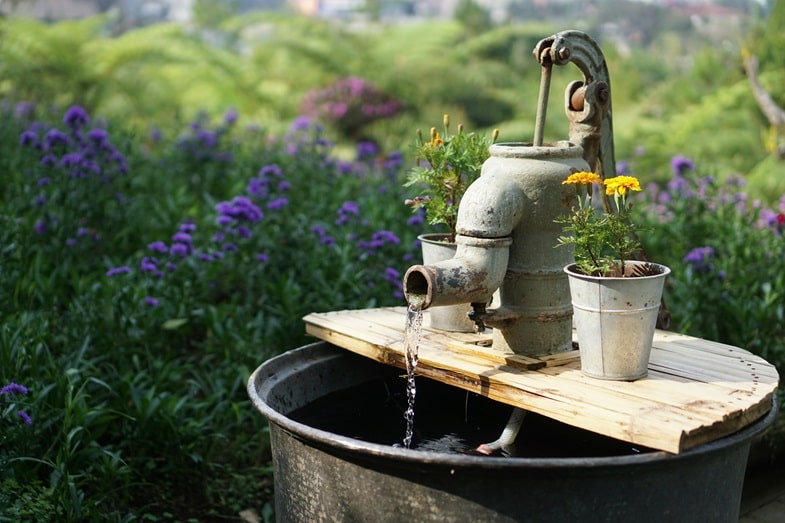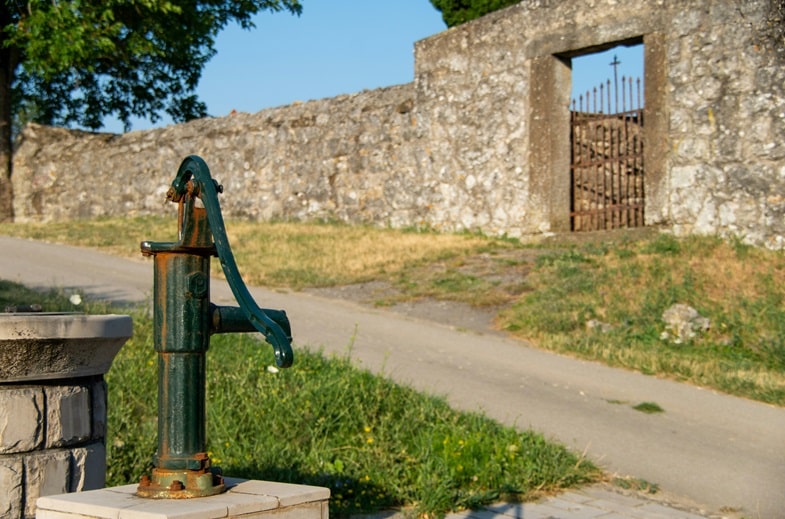Published on: 29/11/2024
Automatic Irrigation System: The Ideal Solution for Growers Looking to Optimize Time and Reduce Manual Effort
An automatic irrigation system is essential for growers who want to maximize efficiency in the care of their plants. By automating watering, uniform water distribution is ensured, human errors are minimized, and time is saved, allowing focus on other important aspects of cultivation.
In this article, we’ll guide you through the steps to build your own system, exploring in detail how to create an automated irrigation system for growing cannabis seeds, outlining the benefits, necessary materials, and key steps for installation.
Why is an Automatic Irrigation System Essential for Growing Cannabis?
An automatic irrigation system isn’t just a luxury for cannabis growers, but a real necessity for those seeking abundant harvests and lush plants.
Cannabis is a plant with specific water needs at each stage of its life cycle, from germination to flowering. Providing the right amount of water, without over or under-watering, is crucial for the plants’ health.
Automatic irrigation allows you to:
- Ensure even water distribution;
- Reduce the risk of water stress, whether from excess or lack;
- Automate the watering process, avoiding human errors or forgetfulness;
- Optimize the use of water resources, preventing waste;
- Make work easier for growers managing large-scale indoor or outdoor crops.
Read also: Sowing without soil? How is it possible?


What Are the Main Components of an Irrigation System?
To create an automatic irrigation system, a series of components are needed that work together to provide the plants with the right amount of water. These components may vary depending on the type of setup, the size of the crop, and the budget available.
- Water Source: the first thing you need is a constant water source. This can be a faucet, a water tank, or a rainwater collection system. For those growing outdoors, a tank can be particularly useful, while indoor growers might prefer a direct connection to the water supply to simplify things.
- Water Pump: if you’re using a tank, you’ll need a pump to generate enough pressure to allow water to circulate through the system. Pumps come in various capacities, so it’s important to choose one suitable for the number of plants and the system’s length.
- Distribution Pipes: pipes are the medium through which water is transported from the source to the plants. They can be made from different materials, but PVC or polyethylene tubes are commonly used. The pipe diameter varies depending on the system’s needs, but it’s essential they are durable and of good quality to prevent leaks or blockages.
- Drippers or Sprinklers: depending on watering preferences, you can choose between drippers or sprinklers. Drippers slowly supply water directly to the roots, minimizing waste. Sprinklers, on the other hand, cover a larger area and are ideal for outdoor crops or large pots.
- Timer or Control Unit: this is the system’s brain. A timer or control unit allows you to schedule watering at specific intervals, ensuring that plants are watered regularly without manual intervention. Some more advanced systems can even monitor soil moisture and only water when necessary.
- Filters and Valves: to prevent debris or impurities from entering the system, a good filter is essential, especially if well or rainwater is used. Valves, on the other hand, control water flow and can be manual or automatic.
How to Design Your Automatic Irrigation System
Before purchasing materials, it is essential to design the system based on your crop’s specific needs. The first step is to assess the area to be irrigated and the number of plants involved. Designing a system for an outdoor garden requires different considerations than for an indoor crop, but the basic principles are the same.
Soil and Plant Analysis
The type of soil and the plants’ characteristics significantly affect the irrigation system. Sandy soil, for example, drains water faster than clay soil, which retains moisture. Therefore, the watering frequency and amount should be adjusted based on the substrate used.
For cannabis cultivation, water needs vary according to the life cycle phase. During the vegetative phase, plants require more water to support leaf and branch growth, while during flowering, their needs decrease. A good irrigation system should take these variations into account, ideally installing a control unit with variable programming options.
Zone Division
If you have a large number of plants or a large area to irrigate, dividing the crop into zones can be very advantageous. Zones allow specific sections of the crop to be watered at different times, optimizing water use. For example, you could create a zone for younger plants, which need more frequent watering, and another for those in the flowering stage, which require less water.
Calculating Water Needs
On average, a cannabis plant requires between 1 and 3 liters of water per day during the vegetative stage and a bit less during flowering. However, climate and substrate can influence these numbers. In warmer, drier climates, water evaporates faster, requiring more frequent watering.
Once you have calculated your plants’ water needs, you can size the tank and choose a pump with the right capacity to support the entire irrigation cycle, based on the plants’ growth phases.


Installing the Irrigation System
Installing an automatic irrigation system may seem complex, but with proper planning, it is a fairly simple process. Here are the main steps to follow:
- Placement of the Tank or Water Source: if you’re using a tank, place it in an elevated area relative to the crop to take advantage of gravity in water flow. Alternatively, you can install a pump to ensure constant pressure. If connecting the system directly to the water supply, make sure you have a pressure regulator to prevent water from coming out too forcefully.
- Distribution of Pipes: lay the pipes along the plant rows, ensuring that each plant receives enough water. For large areas, it may be useful to place main pipes around the perimeter and extend secondary pipes to reach each plant. It’s important to secure the pipes to the ground with stakes or anchors so they don’t move.
- Installing Drippers or Sprinklers: attach drippers or sprinklers to the pipes near the plants. Drippers should be placed near the root system, as this is where water will be absorbed most quickly. Sprinklers, on the other hand, can cover larger areas and are ideal for outdoor crops. Ensure that the water flow is adjustable so that you can adapt the system to the plants’ needs as they grow.
- Connecting the Timer or Control Unit: the timer is the key element of the system, allowing for automatic watering without manual intervention. Connect it to the water distribution system and program the watering according to the plants’ life cycle. If possible, choose a control unit that allows soil moisture monitoring, adjusting watering based on the plants’ actual needs.
- System Testing: before leaving the system running, test it to ensure that each plant receives the correct amount of water. Check for leaks in the pipes and ensure the drippers are working correctly. You can also perform periodic checks during the first few weeks to ensure everything works as expected.
Read also: What are the best cannabis strains for outdoor cultivation? Here are three options
Maintaining the Irrigation System
Once installed, an automatic irrigation system requires little maintenance, but regular checks are important to ensure everything is functioning properly.
- Clean the filters monthly to prevent blockages, especially if you’re using unfiltered water.
- Periodically check the drippers and sprinklers to ensure they aren’t clogged.
- Finally, during the cold season, if growing outdoors, empty the system to prevent residual water from freezing in the pipes and causing irreparable damage.
Conclusion
An automatic irrigation system is a valuable tool for any cannabis grower, regardless of the scale of cultivation. By automating the watering process, you can save time, improve crop quality, and ensure that your plants always receive the right amount of water. Although installation requires an initial investment, the long-term benefits make this option highly recommended for those looking to optimize their cannabis cultivation.
Don’t wait to improve your crop. Visit SensorySeeds and discover the best cannabis seeds and useful resources for your grow. Transform your cultivation experience today!









